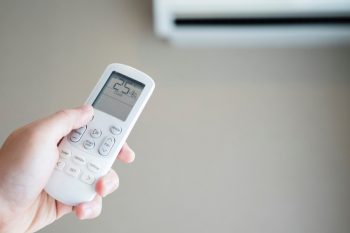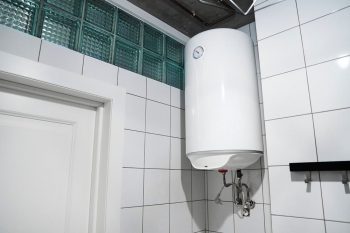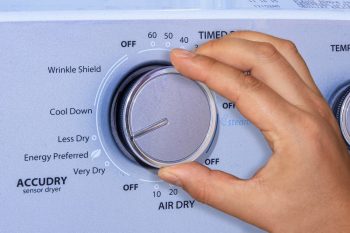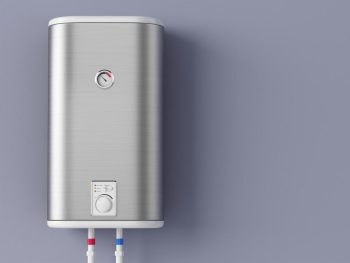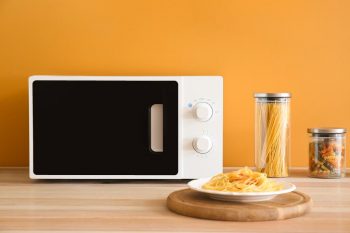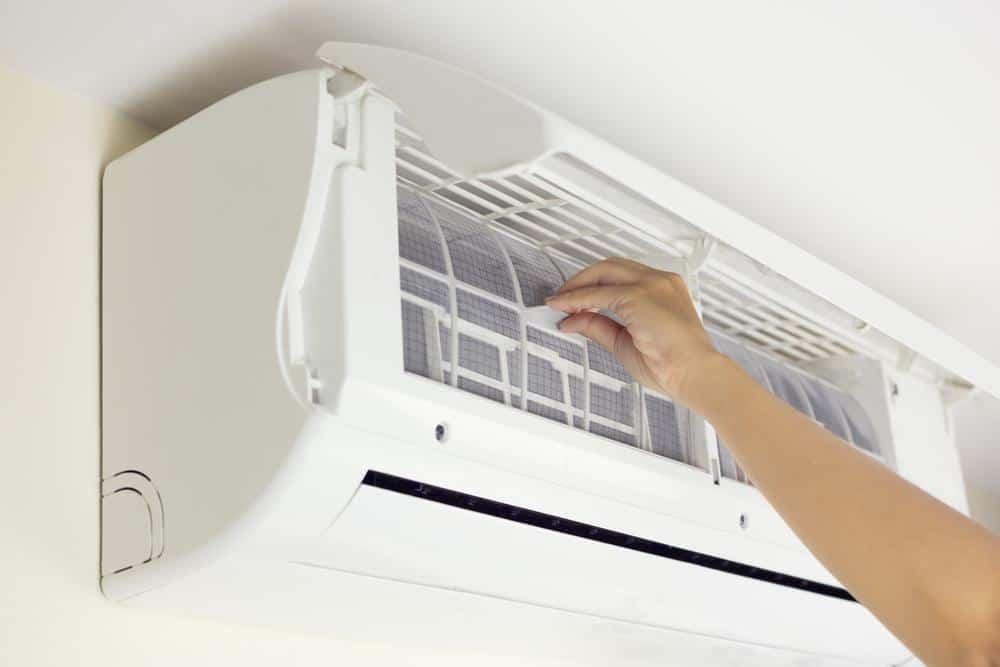
The compressor is a pivotal component in a residential air conditioner, responsible for initiating the cooling process. But what exactly starts the compressor? This comprehensive guide will walk you through the components involved, the role each plays, and how they work together to ensure the efficient operation of your air conditioner.
The compressor in a residential air conditioner is started by the thermostat. When the thermostat senses that the indoor temperature is higher than the set temperature, it sends a signal to the air conditioning system. This signal triggers the compressor, along with the outdoor fan and indoor blower fan, to turn on and start the cooling process.
The Heart of the Air Conditioner: The Compressor
The compressor can be thought of as the heart of the air conditioning system, circulating the refrigerant (the blood) through the system. The compressor’s primary role is to pressurize the refrigerant, raising its temperature. It’s this high-temperature, high-pressure refrigerant that then moves to the condenser, where the cooling process can start in earnest.
The Thermostat: The Control Center
Think of the thermostat as the control center of the entire air conditioning process. It reads the current temperature of the room and uses these readings to tell the air conditioner when to turn on and off. When the thermostat senses that the indoor temperature is higher than the set temperature, it sends a signal to the air conditioning system to start running. This signal triggers the compressor, outdoor fan, and indoor blower fan to turn on simultaneously.
The Role of Refrigerant in Starting the Compressor
The refrigerant, also known as coolant, operates on a closed loop and carries heat from the inside of the building to the outside. It absorbs heat from your indoor air, changing states from gas to liquid. After absorbing heat from the inside air, the refrigerant travels to the outdoor unit where the heat is pushed outdoors. Once the refrigerant has dispersed its heat outdoors, it changes back to its gaseous state and travels back indoors.
Key Components that Initiate the Compressor
Several key components work together to trigger the start of the compressor. These include:
- Evaporator Coil: This holds chilled refrigerant received from the compressor. As air from the blower fan moves over the coil, heat is removed from the air in the treated area.
- Condenser: This removes heat from the building and transfers it to the exterior. Gas refrigerant then becomes liquid refrigerant.
- Expansion Valve: This removes pressure from the liquid refrigerant so expansion can take place, turning the substance from a liquid into a vapor.
- Blower Fan: This circulates cooled air into your home and pulls room-temperature air back for re-cooling.
Common Problems Preventing the Compressor from Starting
While these components work together seamlessly in an ideal world, problems can occur. Some common issues that may prevent the compressor from starting include:
- Dirty or clogged air filters
- Electrical problems
- Thermostat issues
- Incorrect refrigerant levels
- Blocked or damaged suction lines
- Circuit breaker tripping
Each of these problems can be diagnosed and fixed, often requiring the help of a professional HVAC technician.
The Bottom Line
The compressor in a residential air conditioner plays a crucial role in the cooling process. It’s the thermostat that starts the process, signaling the compressor to start when the indoor temperature exceeds the set temperature. The compressor then pressurizes the refrigerant, which absorbs heat from the indoor air and carries it outside. This cycle repeats until the desired indoor temperature is reached. Regular maintenance and timely repairs ensure the efficient operation of your air conditioner, keeping your home cool and comfortable.
Frequently Asked Questions
What is the role of the compressor in the cooling process?
The compressor in an air conditioning system pressurizes the refrigerant, raising its temperature. This high-temperature, high-pressure refrigerant then moves to the condenser, where the cooling process begins.
How does the thermostat control the air conditioning process?
The thermostat reads the current temperature of the room and uses these readings to tell the air conditioner when to turn on and off. When the indoor temperature is higher than the set temperature, it signals the air conditioning system to start, triggering the compressor, outdoor fan, and indoor blower fan.
What is the function of the refrigerant in an air conditioning system?
The refrigerant operates on a closed loop and carries heat from the inside of the building to the outside. It absorbs heat from the indoor air and changes from a gas to a liquid state. After releasing its heat outdoors, it changes back to a gaseous state and returns indoors.
What are some common problems that prevent the compressor from starting?
Common issues that may prevent the compressor from starting include dirty or clogged air filters, electrical problems, thermostat issues, incorrect refrigerant levels, blocked or damaged suction lines, and circuit breaker tripping.
How can these problems be fixed?
Most of these problems require the attention of a professional HVAC technician. Regular maintenance can help prevent these issues and ensure the efficient operation of your air conditioner.



